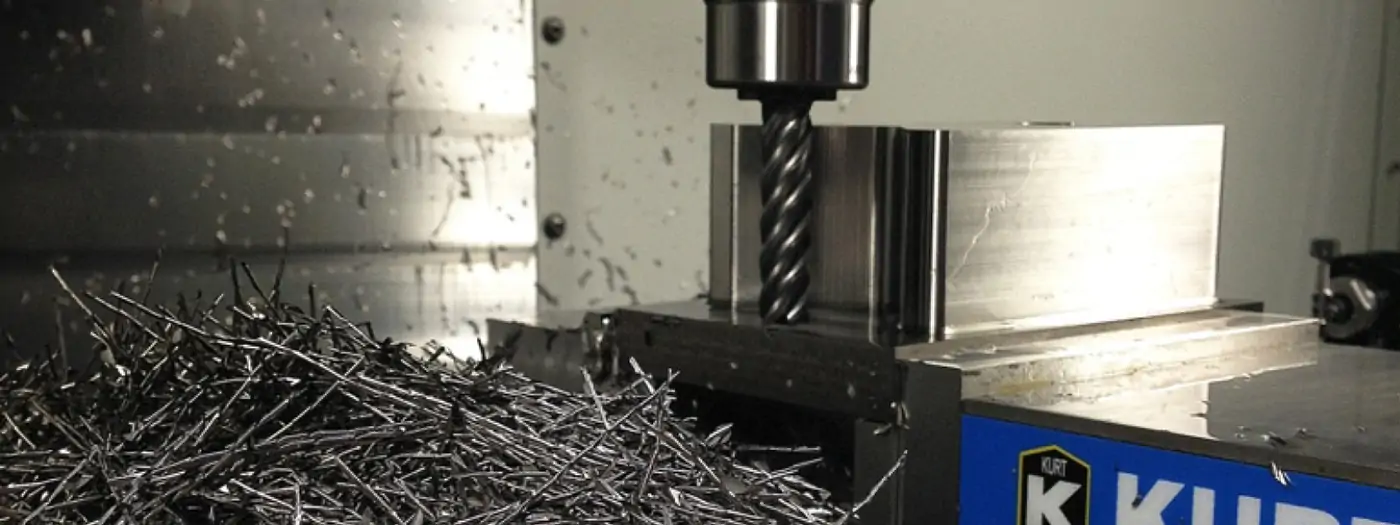- Joined
- Mar 26, 2018
- Messages
- 8,407
I was watching Tom Lipton take a full bite into thick steel using a 1/2" end mill about a half inch doc.
He made a comment, how nice these Niagara multiple fine pitch roughing end mills cut.
I couldn't do that and we have basically the same mill. I priced one that he was using. It was over $100, for one end mill!!
I guess it does depend on the cutting tool! Maybe I could do it but I'm never going to find out
He made a comment, how nice these Niagara multiple fine pitch roughing end mills cut.
I couldn't do that and we have basically the same mill. I priced one that he was using. It was over $100, for one end mill!!
I guess it does depend on the cutting tool! Maybe I could do it but I'm never going to find out


